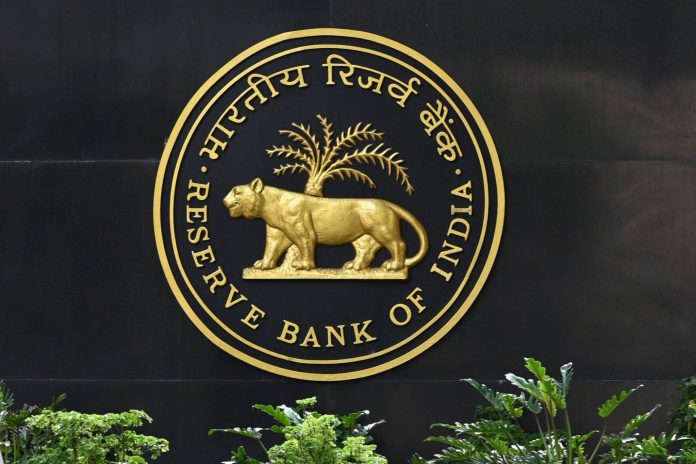MUMBAI, July 18 : Deposits are still the most preferred instrument of saving in India although market-based instruments are gaining share, said an article published in the Reserve Bank’s July Bulletin.
The article provides estimates of quarterly financial balance sheet of households and their net financial wealth for 2011-12 to 2022-23.
The article has been authored by Anupam Prakash, Suraj S, Ishu Thakur and Mousumi Priyadarshini, all officials from the RBI’s Department of Economic and Policy Research.
“The accumulation of financial assets and net financial wealth jumped in 2020-21 due to the pandemic-induced restrictions on mobility and spending along with subdued growth in liabilities; net financial wealth has since exhibited some normalisation as household consumption picked up on the return of normalcy,” the article stated.
As at end-March 2023, households’ financial assets stood at 135.0 per cent of GDP while their financial liabilities were 37.8 per cent of GDP; accordingly, their net financial wealth was placed at 97.2 per cent of GDP, it said..
The spike in financial assets during the Covid-19 pandemic led to an increase of 12.6 percentage points in net financial wealth between end-March 2020 and end-March 2023.
“The listed equity wealth of households rose to a peak of 19.4 per cent of GDP as at end-Dec 2021, subsequently moderating to 14.9 per cent of GDP as at end-March 2023. The compilation is restricted to the listed equity holdings in the absence of estimates on unlisted equity investments,” the article said.
It further said while households have leveraged up, their debt-to-financial assets ratio has remained stable.
It may also be noted that a significant proportion of wealth in India is held in terms of non-financial assets such as housing, which are not covered in this article, the authors said.
The central bank said the views expressed in the article are those of the authors and do not represent the views of the RBI. (PTI)


